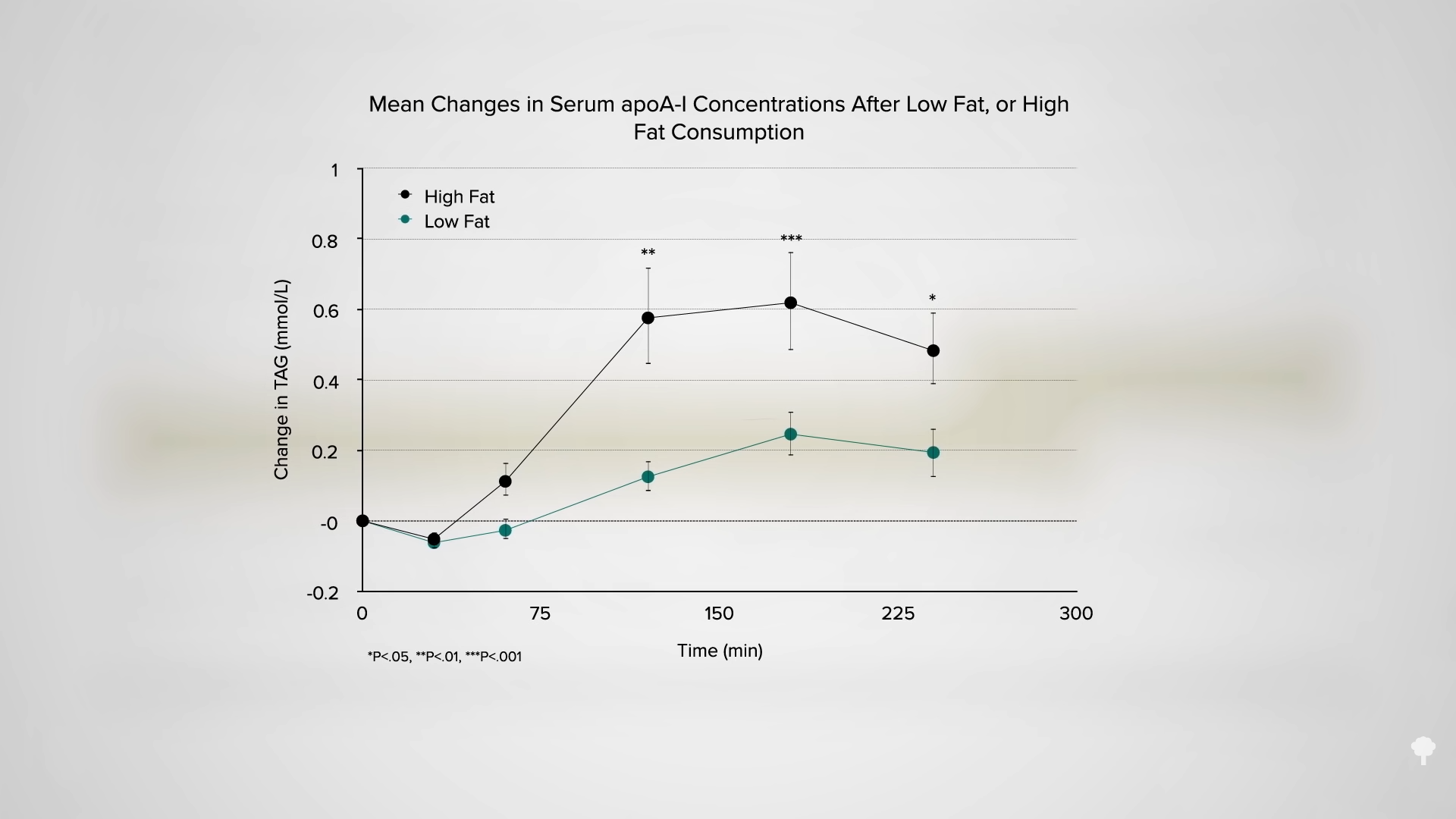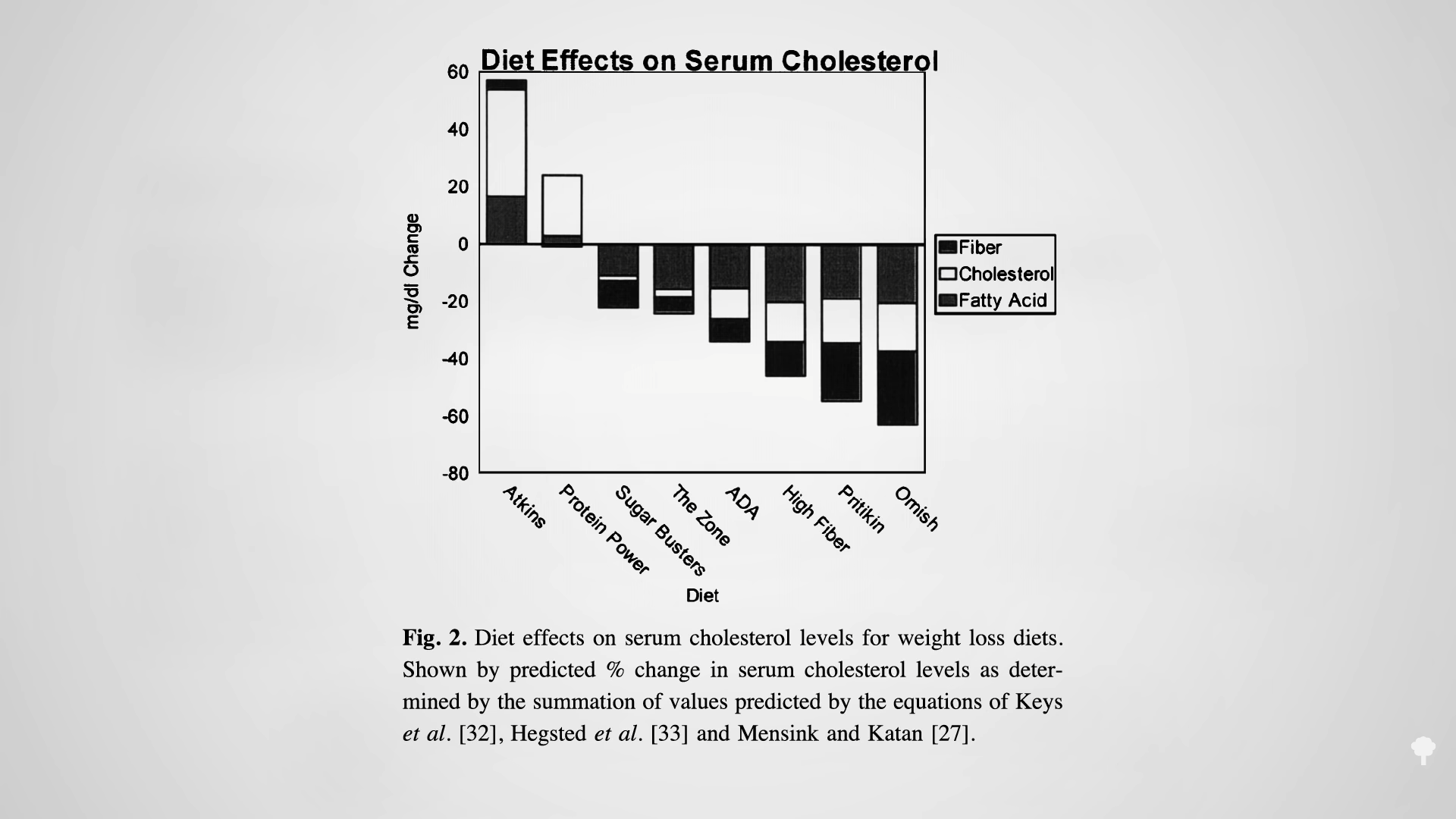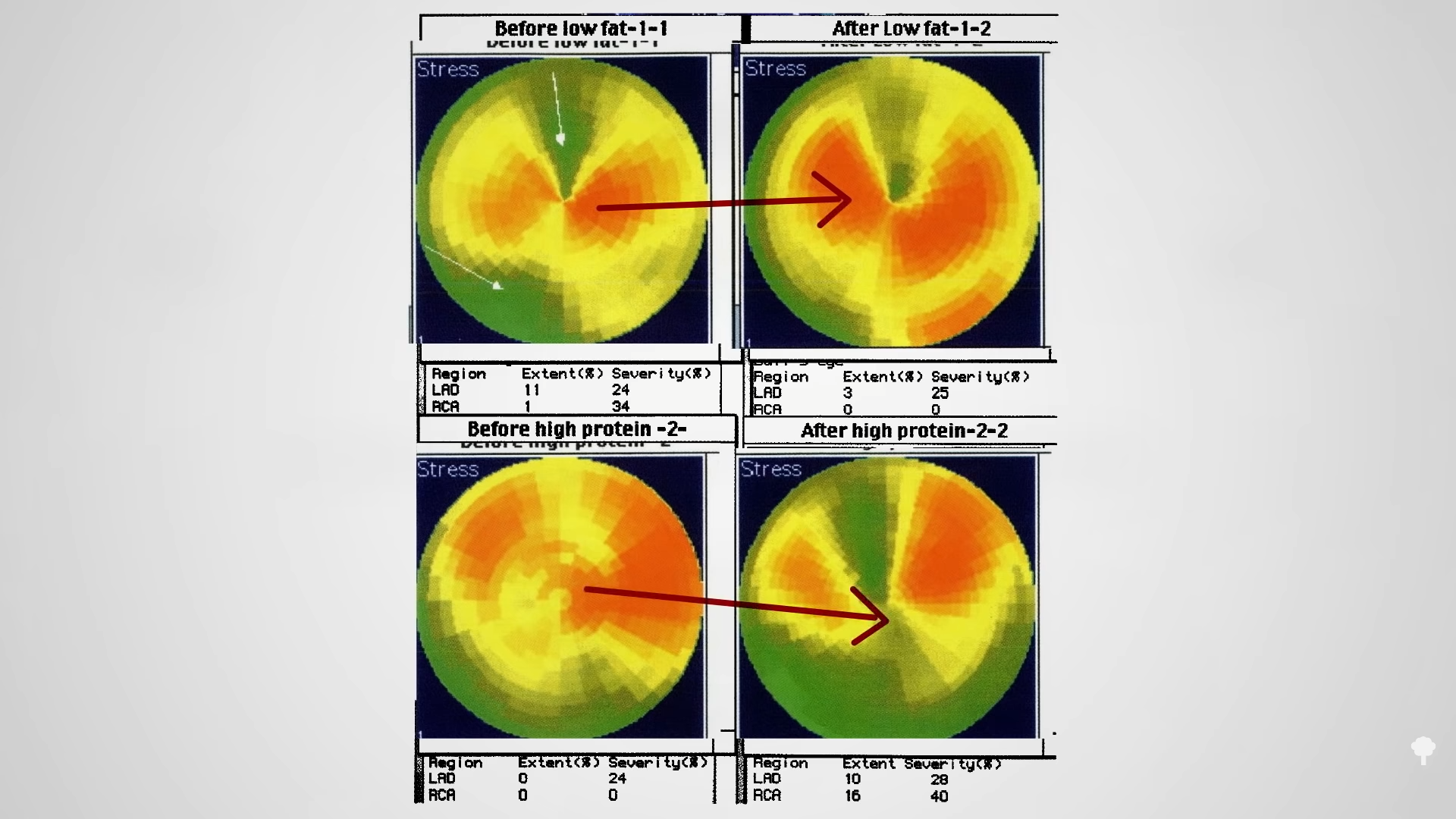[ad_1]
Keto diets have been linked to a decline in physical performance and the reduction of muscle mass and bone density.
The official viewpoint of the International Society of Sports Nutrition on keto diets mentions their adverse impact on both high- and low-intensity workouts. Ergolytic, the antonym of ergogenic, characterizes the performance-detrimental effect of keto diets.
For non-athletes, ketosis may also hinder exercise efforts. Studies show a correlation between ketosis, increased perceived exertion during exercise, feelings of fatigue, and overall mood disturbance. This suggests that sustained exercise may be adversely affected in individuals adhering to ketogenic diets for weight loss.
Previously, reports have indicated a decrease in measured muscle mass among CrossFit trainees, implying that a ketogenic diet may not only dull the performance of endurance athletes but also impact their strength training. As detailed in my video, participants in a study engaged in eight weeks of standard upper and lower body training, comprising exercises such as bench presses, pull-ups, squats, and deadlifts. The results were not surprising: those on a non-ketogenic diet gained approximately three pounds of muscle mass, whereas those on a keto diet experienced a negligible change or even a slight reduction in muscle mass. How can eight weeks of weight training not yield any increase in muscle mass on a ketogenic diet? Even advocates of the keto diet consider bodybuilding on such a diet to be contradictory.
What about bone density? Unfortunately, bone fractures are more common among children following ketogenic diets, along with inhibited growth and kidney stones. Keto diets can result in a continuous decline in bone mass, particularly in the spine, likely due to the acidic nature of ketones, which can trigger a “chronic acidotic state.”
Some case studies of children on keto diets are truly distressing. A nine-year-old girl experienced osteoporosis, bone fractures, kidney stones, and eventually pancreatitis, leading to her death. Pancreatitis can be provoked by high levels of fat in the bloodstream. As shown in the graph below and at 2:48 in my video, a single high-fat meal can cause a fivefold spike in triglycerides within hours, increasing the risk of pancreas inflammation.

The girl was afflicted with a rare genetic disorder known as glucose transporter deficiency syndrome, which hindered the transport of blood sugar to the brain, resulting in daily seizures from infancy. However, a ketogenic diet offered a means to supply fuel to the brain, making it a lifesaver for the 1 in 90,000 families affected by this disorder.
As with any medical intervention, the decision hinges on weighing the risks against the benefits. Up to 30 percent of epilepsy patients do not respond to anti-seizure medication. Unfortunately, alternative treatments such as brain surgery involving the insertion of deep electrodes or even the removal of a brain lobe are not without serious side effects. However, the daily occurrence of seizures also poses significant risks. If a ketogenic diet can help manage seizures, the benefits may surpass the drawbacks. But for those seeking to lose weight through diet, the cost-benefit analysis suggests a different outlook. Fortunately, achieving sustainable weight loss does not have to come at the expense of long-term health. Opting for a healthy diet can offer the best of both worlds, as discussed in my video Flashback Friday: The Weight Loss Program That Got Better with Time.
Remember the study demonstrating nearly identical weight loss in individuals following the low-carb Atkins diet and the low-fat Ornish diet over a year, as shown below and at 4:18 in my video? The authors concluded, “This supports the practice of recommending any diet that a patient will adhere to in order to lose weight.” This seems like flawed advice.

There are treatments like “The Last Chance Diet” which involved a low-calorie liquid mixture derived from remnants of a slaughterhouse [that] was associated with approximately 60 fatalities from cardiovascular-related incidents.” An ensuing unsuccessful lawsuit from one widower set the blueprint for the First Amendment safeguard for those who produce fatal diet books.
It’s feasible to formulate a healthy low-carb diet or an unhealthy low-fat one—a diet of cotton candy would be zero fat—but the health impacts of a standard low-carb ketogenic diet like Atkins are considerably distinct from a low-fat plant-based diet like Ornish’s. As observable in the chart below and at 5:26 in my video, they would have completely opposite effects on cardiovascular risk factors theoretically, based on the fiber, saturated fat, and cholesterol contents of their respective meal plans.

Furthermore, when put to the test, low-carb diets were discovered to hinder artery function. Over time, blood circulation to the heart muscle itself is enhanced on an Ornish-style diet and reduced on a low-carb one, as depicted below and at 5:44 in my video. Heart disease tends to advance on typical weight-loss diets and actively deteriorates on low-carb diets, but it may be reversed by an Ornish-style diet. Bearing in mind that heart disease is the leading cause of death for men and women, “recommending any diet that a patient will adhere to in order to lose weight” seems irresponsible. Why not advise people to smoke? Cigarettes can induce weight loss, too, as can tuberculosis and a meth habit. The aim of weight loss is not to minimize the burden for your pallbearers.

For additional details on keto diets, view my videos on the subject. Interested in boosting athletic performance? Browse the correlated videos below.
[ad_2]



2 Comments
Outstanding weekly care, maintains our home beautifully. Wouldn’t use anyone else. Thanks for everything.
Dry Cleaning in New York city by Sparkly Maid NYC